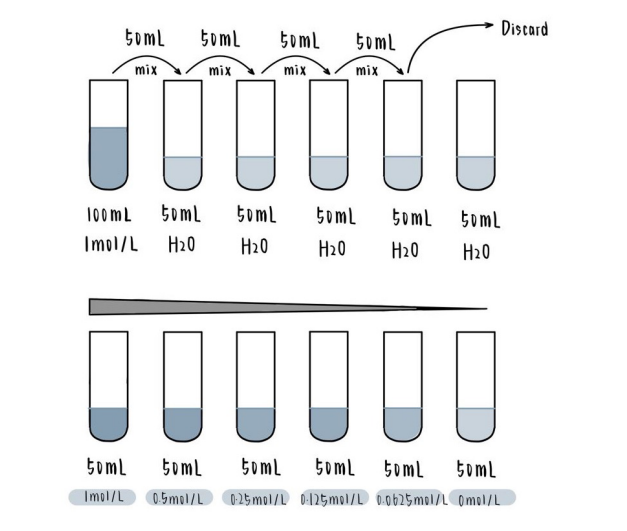Quantitative Analysis of Osmosis in Potato Cubes
A cell’s accumulated kinetic energy keeps molecules moving continually, causing them to collide and travel in random directions. Diffusion is the movement of molecules from a region of high concentration to an area of low concentration. Water diffuses across the cell’s semipermeable membrane using osmosis. A semipermeable membrane will allow water to pass from a region with a low solute concentration to one with a high solute concentration. Tonicity is the ability of a surrounding solution to cause a cell to gain or lose water.



